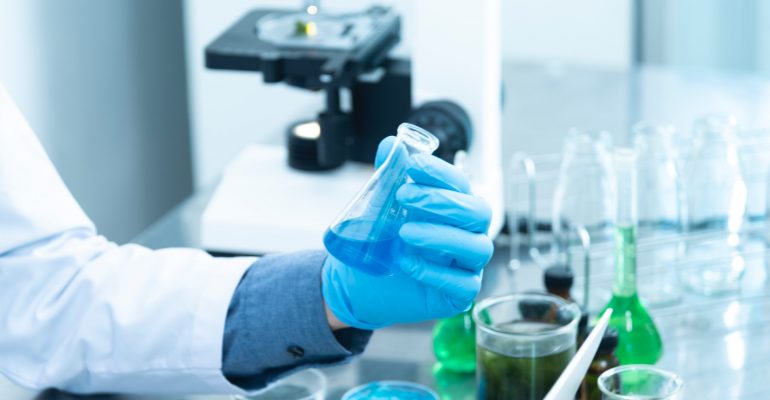The Keys to Lab Automation

The Keys to Lab Automation
Automation has been helping improve a number of different industries and companies, including those in the medical field. Lab automation has seen several advances and expansions over the last few years. By utilizing technology in the lab space, teams can increase efficiency and increase the quality of testing. Unlocking the potential of lab automation can be done by understanding your customer and workflows, aiming for Six Sigma, and knowing the trends in lab automation being used today.
Understand Your Customer and Workflows
One of the biggest challenges that labs might have as they increase their automation will be to stay focused on customers and the workflow. It is important to keep in mind that in lab automation, the changes will involve the handling of specimens. The goal of automation for labs is to improve the quality and efficiency of handling, sorting, and distributing a vast number of specimens. To do this well, there needs to be a good understanding of the lab workflow. Specifically, the peak hours of the day and how many specimens are handled during that time.
Labs should document what happens in the space over a 24-hour period. That includes where the specimens go, who handles them during that time, and all the different factors involved with specimen handling. This documentation can help bring clarity and understanding of the benefits of automation for a lab.
The lab leadership should develop a workflow analysis to get a full understanding of the challenges in the lab as well as the opportunities that automation presents. An analysis of the lab workflow can also uncover bottlenecks. These will be the areas that automation should focus on for maximum benefit.
Leverage Six Sigma
Six Sigma is a little-known quality improvement process. It is similar to the car manufacturing improvement process that Toyota started using in the 80s. That process was called Lean. It became more widespread in the car manufacturing industry throughout the 80s and 90s.
Six Sigma was developed a little later than Lean but is the same idea. The purpose is to limit or eliminate defects in a process. However, where Lean is more intuitive-based, Six Sigma is more statistical-based. It is based on improving the cycle time while reducing defects to less than 3.4 occurrences per million units. In the case of lab automation, this would refer to a handling step.
Most labs operate on a four sigma and even for labs that work really hard to improve, most only get to a five sigma. So, the idea that a lab could achieve six sigma can be difficult to comprehend.
It is important to understand that Six Sigma can also help to improve analytical quality. For example, issuing wrong reports for a test result. The process can also be used in pre-analytics such as misidentified specimens or mislabeled specimens. There are many ways to use Six Sigma to improve the quality of lab processes.
However, to be successful at achieving Six Sigma, it takes time and dedication. Lab automation can be a major step forward toward reaching that level.
Know the Latest Trends in Lab Automation
Understanding the latest trends in lab automation can help leadership teams make the best decisions about the technology that will help them overcome their specific challenges. One of the biggest trends in lab automation is called machine vision.
This method involves using cameras with automation to examine specimens. This technology can overcome issues with relying on the human eye to look at specimens. Machine vision can also help oversee that things are done right in this area. For example, looking at a test tube to ensure it is the right one for the test. If the camera identifies the tube as the incorrect one for the test, it then sets that tube aside. Later on, an investigation can be done to correct the problem or override it. Machine vision can help overcome human error, which is bound to happen in these types of situations.
Another way to use machine vision in lab automation is to enable the device to examine the test tube and see the packed cells and serum. Then using the dimensions of the tube, the volume of the serum can be calculated. That information can then be used to guide a pipette tip that will work and put it into a transfer tube. Alternatively, the process can be used to help the aspiration tube to take some of the specimens for testing on an analyzer.
There are even more sophisticated methods that can be used with cameras in the lab. For example, it can determine if the specimen is hemolyzed or icteric and has a yellowish-green color. Lab automation can also help see if the specimen has excess lipids and cloudiness, which would call for an ultracentrifuge.
Using a camera in a lab setting opens up many possibilities for automation to overcome the limitations of the human eye when it comes to inspections and quality improvement.
